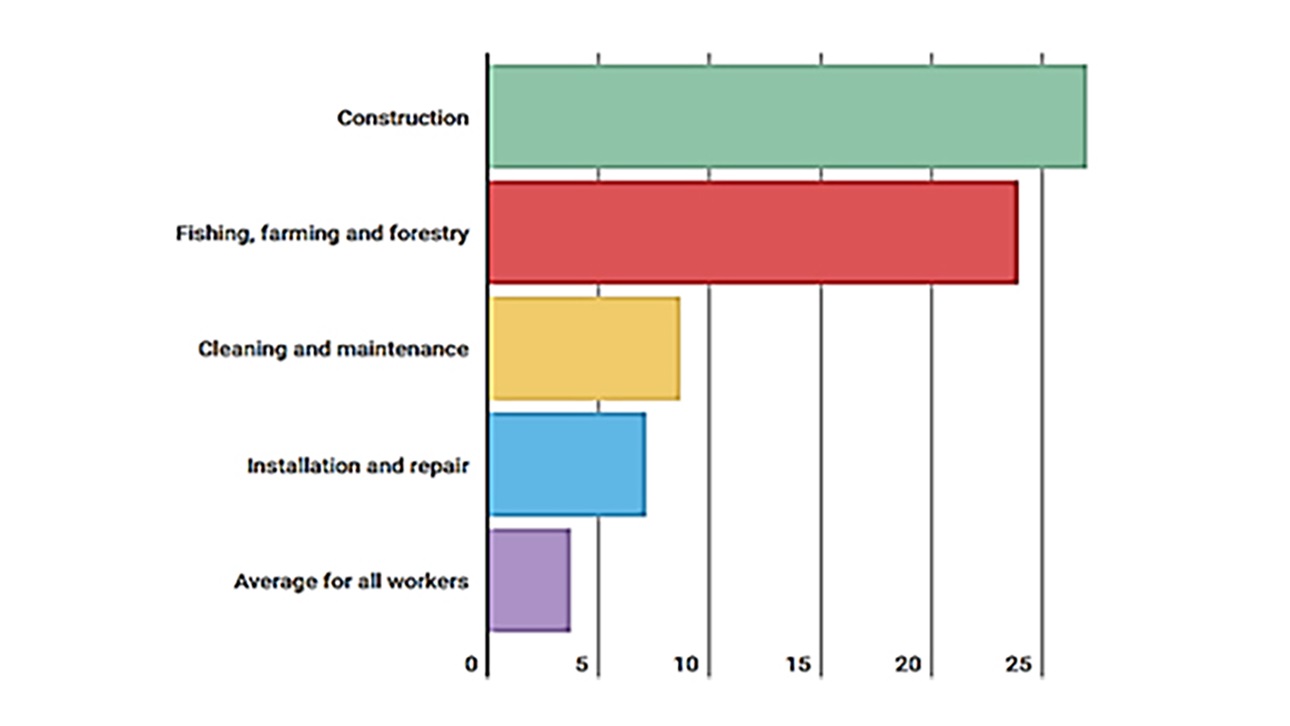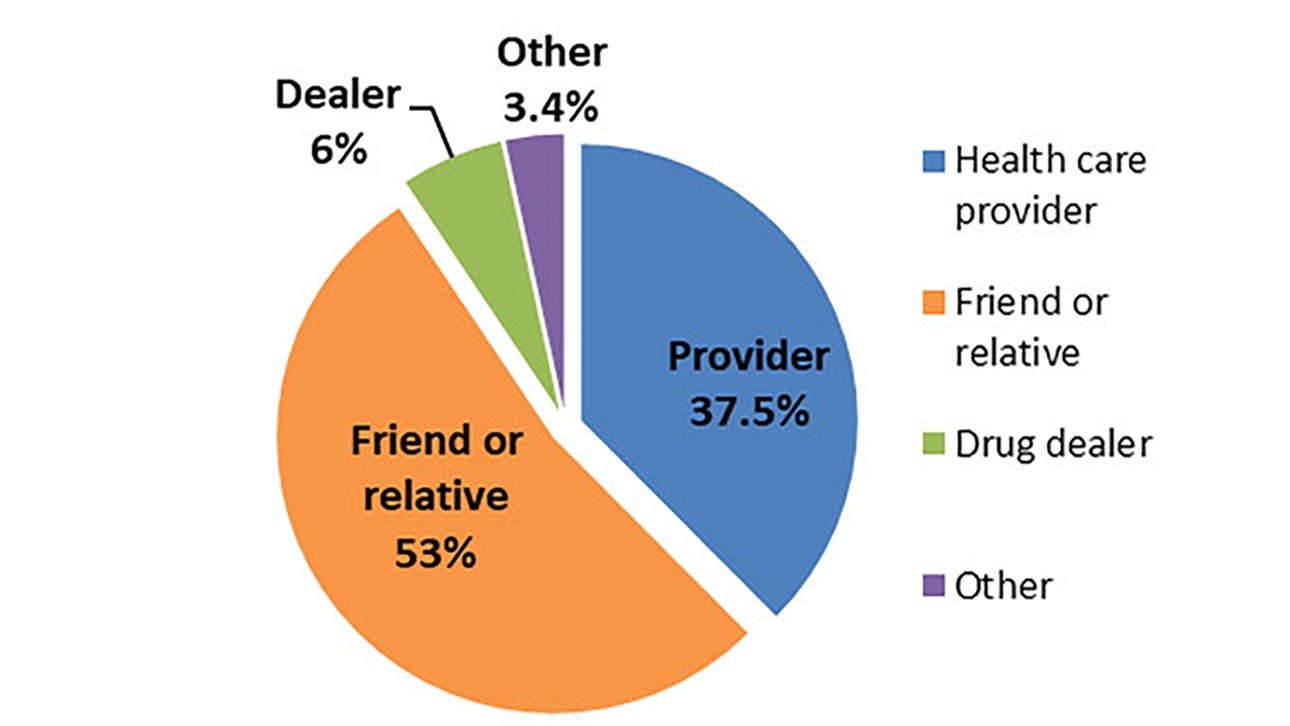What You Need to Know About Prescription Opioids
Opioids are a class of painkillers that have been prescribed for short-term relief of acute pain and for individuals with cancer. However, widespread overprescribing of high-dose opioids for chronic pain and routine, long-term use for other conditions has led to unprecedented fatalities and a growing opioid addiction problem.
The national opioid crisis has hit the construction and home building trades hard. In our industry, injuries are common, and workers are more likely to keep working while hurt than in many other occupations. Opioid addiction can happen to anyone. You can take steps to reduce risk.
Before you take an opioid, know the facts!
Risks of Prescription Opioids
- Overdose: Having been prescribed opioids is the single biggest risk factor for accidental overdose and death.
- Addiction: People prescribed opioids for long-term pain have a 25% chance of becoming addicted.
- Physical dependence: Dependence develops quickly, even if medicine is taken as directed, and withdrawal is unpleasant.
- Tolerance: The longer people take opioids, the higher a dose they require to get relief from pain.
- Misuse: As tolerance and dependence develop, people may start to take more than directed.
- Drug interactions: Mixing prescribed opioids with alcohol or other drugs can be dangerous.
- Diversion: At least 14% of high school students took a prescription opioid “just for fun” in 2017.
- Risks to others: Pets, the elderly, and infants/children can accidentally overdose on opioid medications.
Hydrocodone (Vicodin®)
Oxycodone (OxyContin®)
Oxymorphone (Opana®)
MorphineCodeineFentanyl
Risks Specific to the Home Building Industry
- The building trades are among highest rate of opioid overdose deaths of any occupation.
- Research shows more than half of people who died as a result of overdose had at least one job-related injury.
- Overall, overdose deaths at work increased by 30% between 2015 and 2016.
- Instead of helping injured construction workers continue to work, long periods of taking prescribed opioids makes them less able to work.
- Returning to work while taking opioids increases a worker’s risks of aggravating an injury and of sustaining new injuries.
- Testing positive for certain drugs, even if prescribed for pain, can affect employment opportunities.
- Prescribed opioids can slow reaction times, interfere with operating machinery, and increase risks to the safety of everyone on the job site.
Tolerance is when the body adapts to a drug and people need more and more of it to achieve the same effect.
Dependence is when the body is so accustomed to functioning with a drug that there is a physical response to stopping (withdrawal), which can be severe. Not all people with physical dependence go on to develop addiction.
Addiction is an illness. Addiction is the inability to stop drug use, despite harmful consequences that interfere with one or more parts of a person’s life and even despite a desire to stop.
How to Reduce Your Risk
- Take only medications prescribed to you.
- Follow dosage instructions exactly.
- Consider alternatives for pain management.
- Tell a loved one, friend, supervisor, or a trusted peer if you are having a hard time taking your medication as prescribed or are afraid you can't stop.
Problem opioid use can be treated. The sooner people ask for help, the better. To locate help in your community for yourself, a co-worker, or a loved one, visit the Substance Abuse and Mental Health Services Administration (SAMHSA) website at www.samhsa.gov or call SAMHSA's free, confidential, 24/7 National Helpline at 1-800-662-HELP (4357).
This program was developed in conjunction with the Job-Site Safety Institute and Advocates for Human Potential.

Opioid overdose deaths per 10,000 workers

